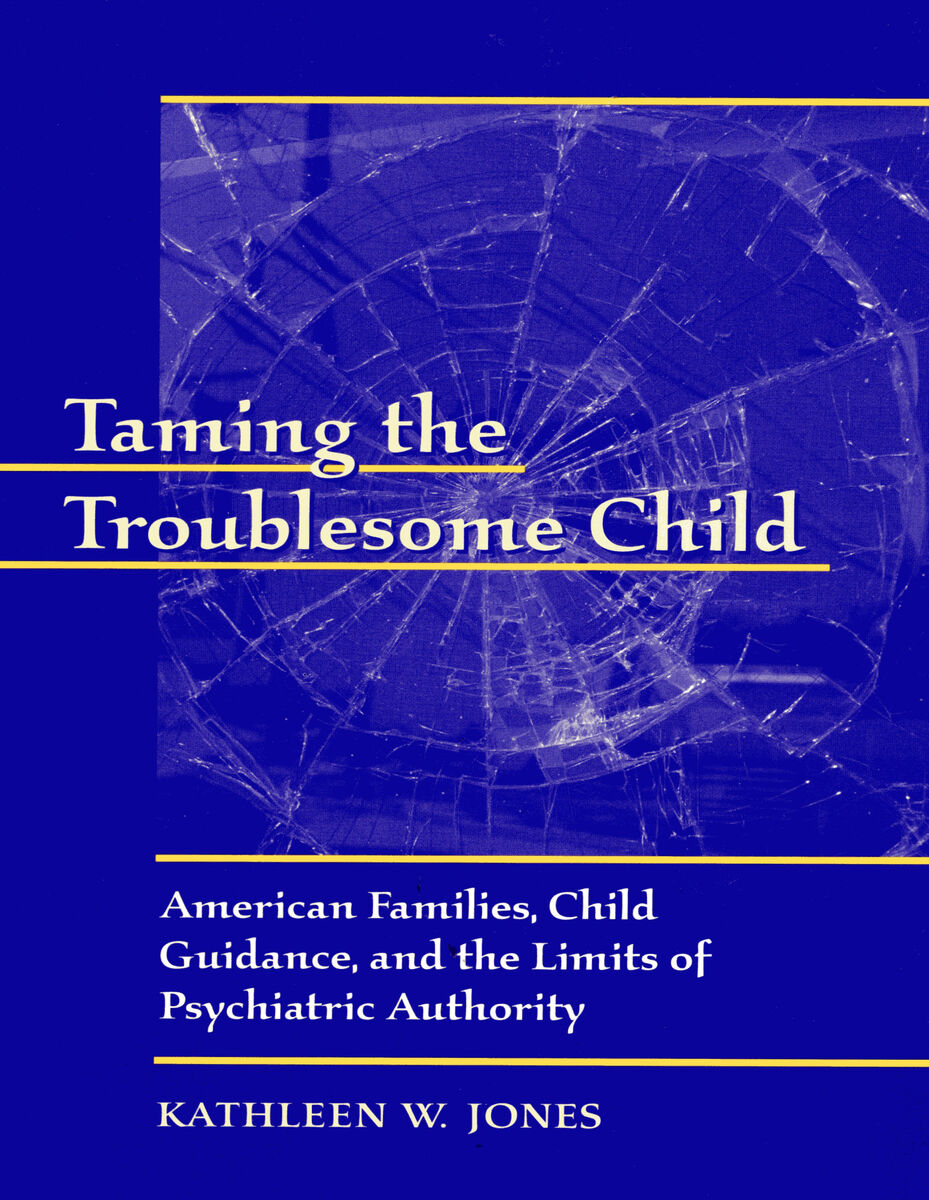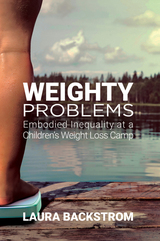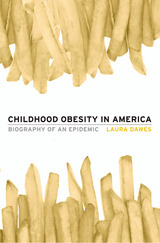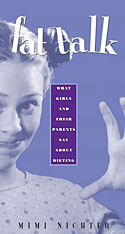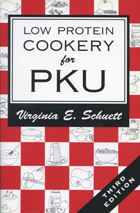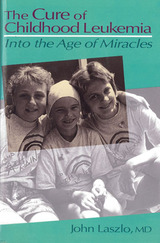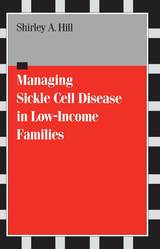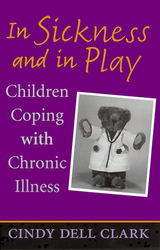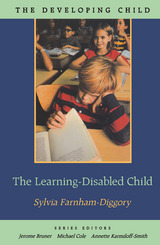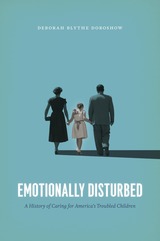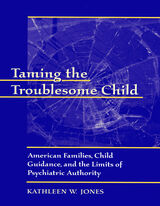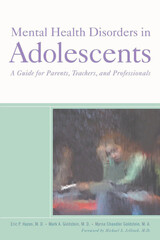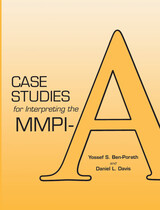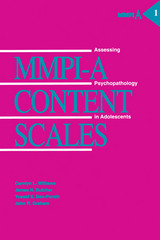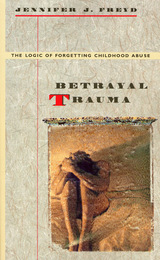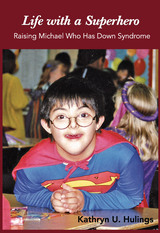In Taming the Troublesome Child, Kathleen W. Jones provides an eloquent, erudite account of how, during the first half of this century, psychologists, psychiatrists, and social workers banded together as a child guidance team to claim sole authority in understanding the causes of and cures for problematic behavior...Her account is well written, informative, interesting, and intelligent.
-- Daniel J. Kindlon New England Journal of Medicine
This book forced me to consider American culture and the development of the Child Guidance Movement in the first half of the 20th century...I realised that the very basis of my existence as an EP [educational psychologist] was being questioned...[This book] raises issues about role, identity and the nature and origination of troublesome behaviour in a way that deserves thoughtful reflection by all EPs. The notion that we have to invent our own roles and then have to find ways of justifying our existence within the reality we have created, in a shilling society, is pertinent to us all. I am grateful to Kathleen Jones that I was offered the opportunity to reflect upon my role as a psychologist in society.
-- Jan Passmore Division of Educational & Child Psychology Newsletter
Using the records of Boston's Judge Baker Guidance Center from 1920 to 1945, Jones tells a complex story of how the child guidance movement, staffed by teams of physicians, psychiatrists, and social workers, became the authority for treatment of troublesome youth...Taming the Troublesome Child is a superbly researched, clearly written book that makes an important contribution to the history of child welfare, family, psychiatry, professionalization, and gender.
-- E. W. Carp Choice
A beautifully researched, clearly written study of the psychological turn in American child-rearing, this book will interest clinicians as well as historians. By looking at the evolution of the 'troublesome child,' Jones explores why psychological explanations and regimens gained such appeal among American parents and professional experts in the first half of the twentieth century. Particularly impressive are Jones's efforts to include children themselves as actors in the historical narrative and her insights into 'mother blaming' as an American passtime. A first-rate contribution to the field.
-- Nancy Tomes, State University of New York at Stony Brook
Through the lens of the famous Judge Baker Center for Children in Boston, founded in 1917, Kathleen Jones tells the fascinating story of the evolution of care and concern for troubled and troublesome young people in the United States. She shows how therapy has been hostage to the nature-nurture debate, conflict and cooperation among psychiatry, psychology, and social work, and the struggle for preeminent authority in the plan of action for a case by the family, the court, medical, social service, and educational institutions. Finally, she shows how the family lost ground in the power struggle as mothers became the focus of popular attempts to explain maladaptations by children.
-- Charles V. Willie, Harvard Graduate School of Education
In this provocative and seminal work, Kathleen Jones illuminates the ambivalent responses of American society to young offenders. She analyzes with sensitivity the interactions among juveniles, parents, and a variety of professional groups. In the end, child guidance became a framework for the ordering of age relationships as well as a symbol of the ambiguity of psychiatric authority. This book should be required reading for all those interested in the history of childhood and the development of the professions.
-- Gerald N. Grob
Taming the Troublesome Child weaves together an intellectual history of child psychiatry, a cultural analysis of ideas about children and childhood, and a perceptive discussion of the day-to-day workings of one of the nation's premier child guidance clinics. Jones shows definitively that psychiatric mother-blaming pre-dated 'momism' and the pop Freudian psychology of the 1950s. Remarkable for its many insights into the cultural as well as intellectual roots of current thinking about children's misbehavior, this elegant book is essential reading for anyone with an interest in family history or psychology--and for anyone who has a child.
-- Molly Ladd-Taylor, York University
I found this an exceptionally shrewd, careful, and thought-provoking book. Dr. Jones reads institutional records well and uses the rich case-study materials available at Judge Baker incisively; and she places all this intelligently and sometimes gracefully into a larger social-historical context. One learns much from this book on a first reading, and it will prove a useful book to have on one's shelf.
-- John Modell, Center for the Study of Human Development, Brown University
Taming the Troublesome Child resonates with issues relevant for sociologists
Much of the book reads, moreover, like a constructionist treatise in social problem development, as claimsmakers endeavored to typify their particular versions of the problem child. Processes of popularization involved in extending the child guidance message, cultural acceptance of that message, and the related legitimating of the emerging profession and rhetoric of child psychiatry are also sociological nuggets embedded in the larger historical text. Taming the Troublesome Child is well written, minutely detailed, and scholarly in execution.
-- Michele A. Adams Contemporary Sociology
